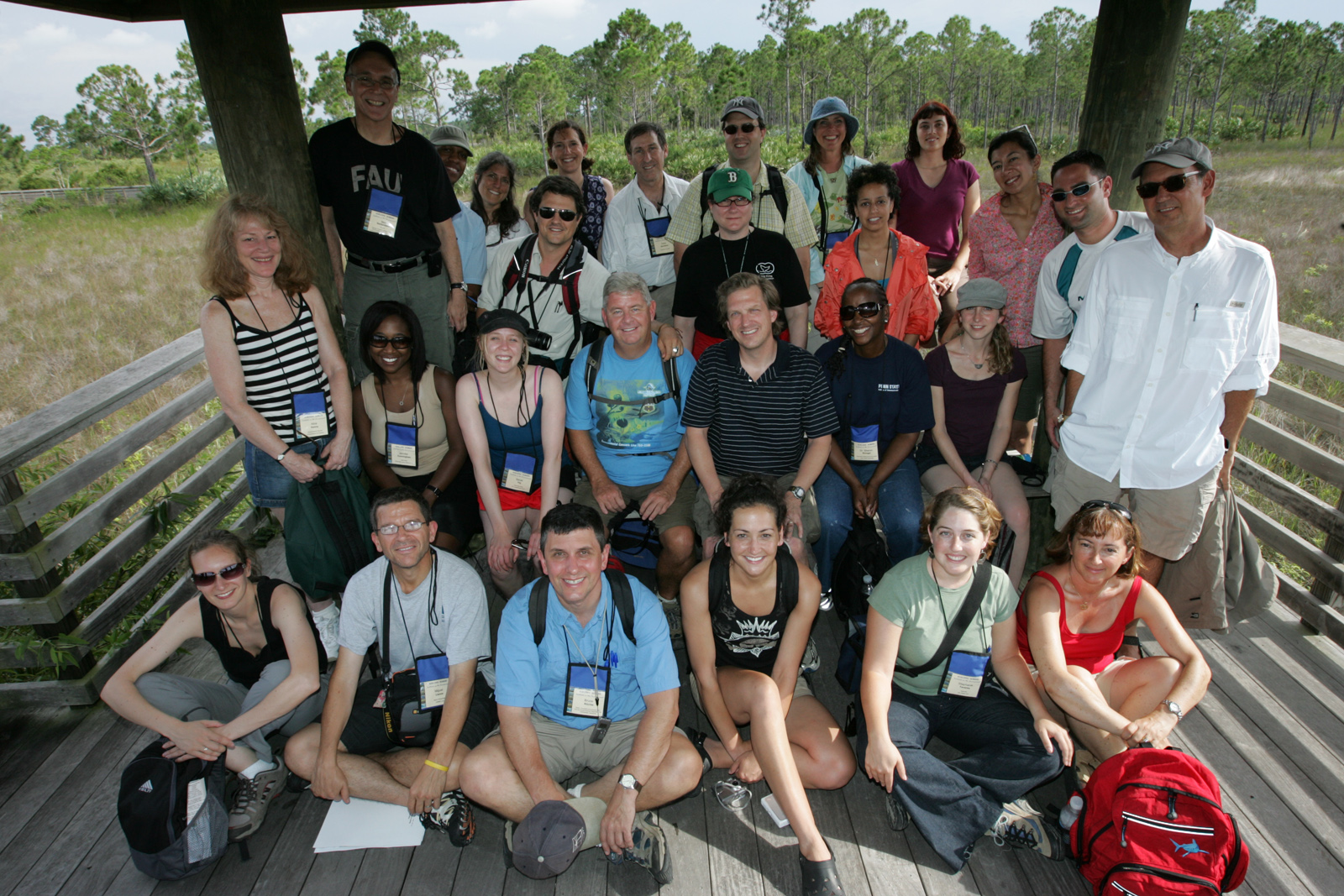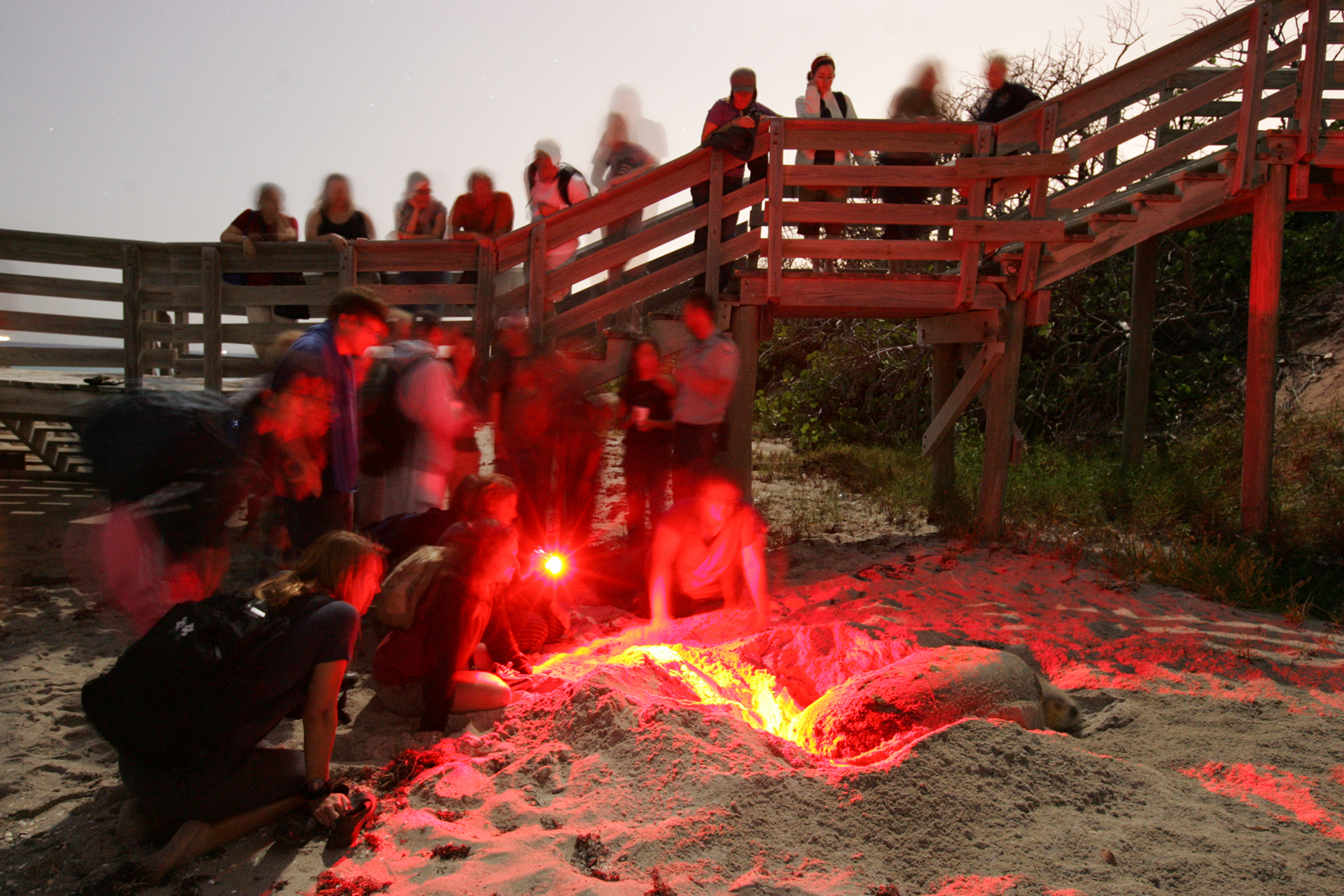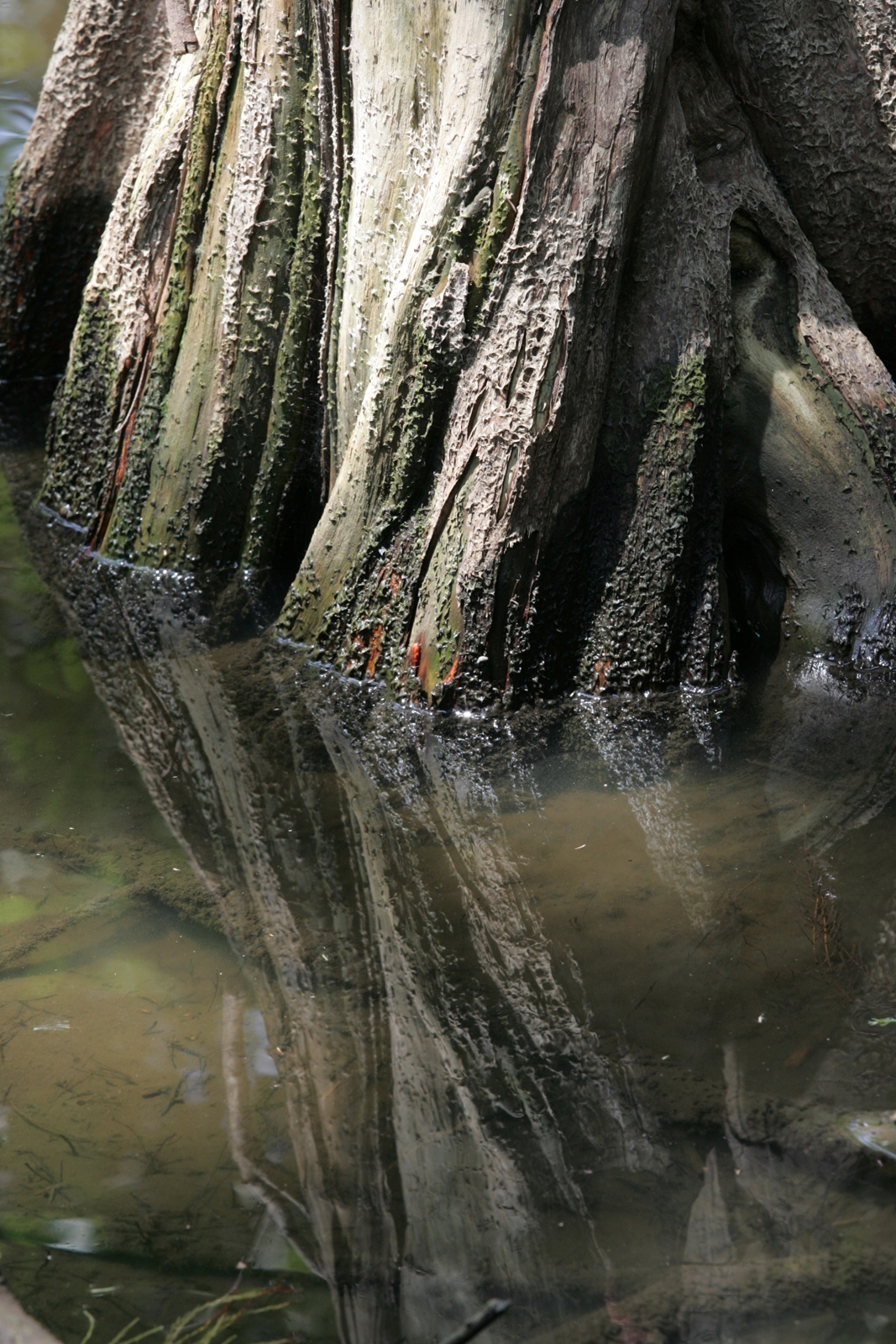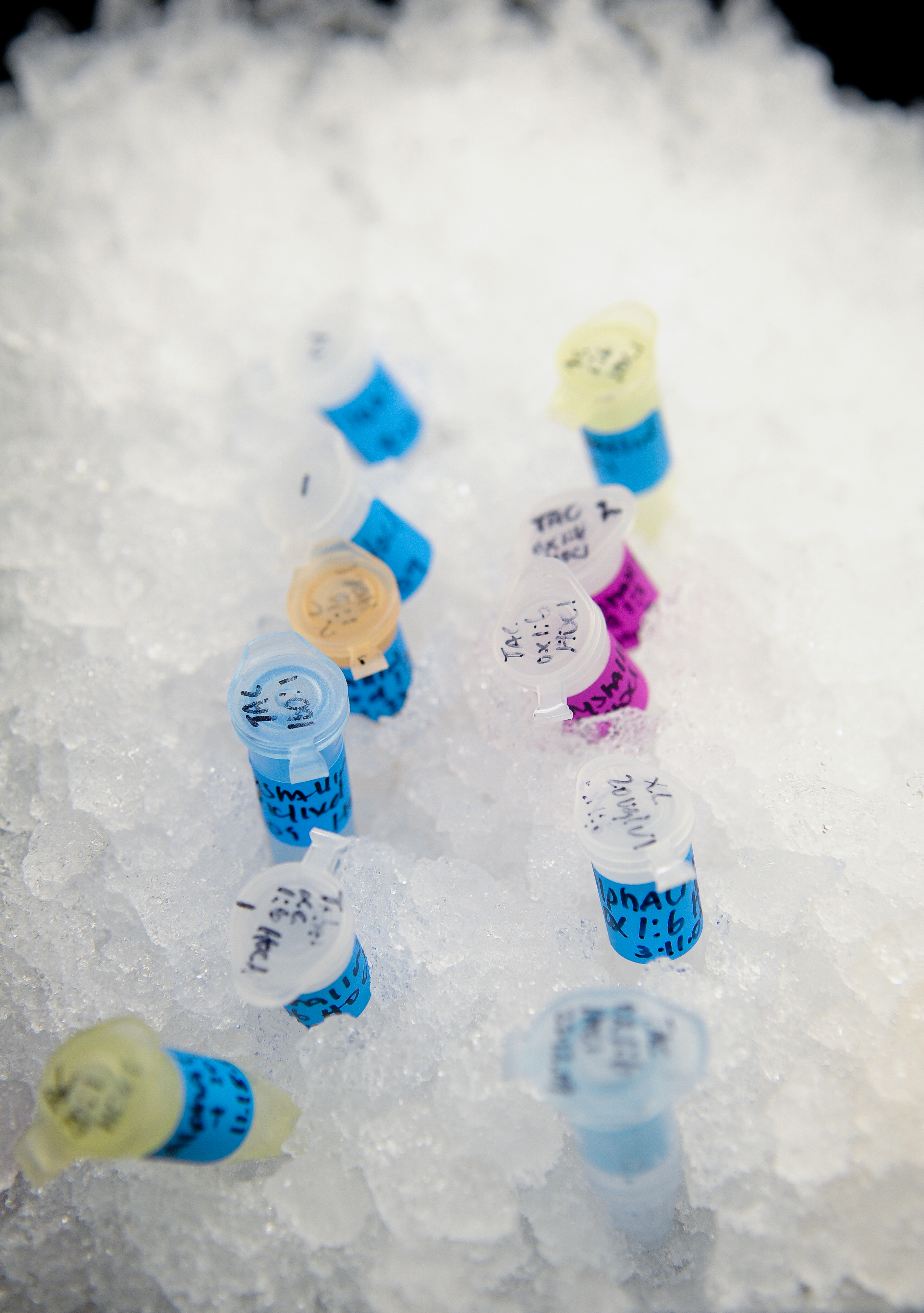The institute's goal is to further develop journalists' ability to report on the environment, medicine and other sciences. The program combines lectures from experts with panel discussions, and a slate of field visits and studies. Participating journalists will visit natural areas, environmental public works projects, laboratories and research stations along the east coast and interior of South Florida. Previous fellows have hiked through rare wildlife habitat, visited marine science labs on the Indian River Lagoon, snorkeled across shallow-water reefs off the Florida Keys and watched loggerhead turtles bury eggs on a moonlit beach. The institute is based at FAU's John D. MacArthur Campus in Jupiter, but travels may range from Fort Pierce to Miami and vicinity, and from the Atlantic coastline to Lake Okeechobee and the Everglades.

The program retains a strong environmental sciences agenda in keeping with its original mission. Fellows could spend at least half the week examining topics such as new energy technologies, climate change, marine sciences, wetland and upland ecosystems, emerging contaminants and bio-prospecting. The rest of the time the program will turn in other scientific directions, to look at advances in areas such as stem cell research, genomics, biotechnology and neuroscience. Woven into the week are sessions designed to help participants sharpen their digital journalism and multi-media storytelling skills. These could include tutorials on video technique, blogging and social media. Some time may be devoted as well to examining emerging trends in new media.
As many as 25 journalists are admitted per session. The institute covers lodging on campus, most meals, tuition, and field trip costs and transportation. Those selected to attend are expected to pay their own way to the institute base camp on FAU's Jupiter campus, approximately 18 miles from Palm Beach International Airport. However, the program provides some air travel assistance according to need and availability.
The Setting
South Florida. Those words conjure touristy thoughts: beachfront condos, postcard-perfect coastlines, glittering aquamarine water, alligator jaws
stretched wide and ripe oranges. This sun-and-surf destination is a supe rb setting, too, for journalists seeking to deepen their understanding of environmental, medical and bio-tech issues.
rb setting, too, for journalists seeking to deepen their understanding of environmental, medical and bio-tech issues.
Ecologically, South Florida is a place of great biodiversity, home to the state’s sprawling Everglades ecosystem and mega fauna such as the Florida panther, black bear and manatee. It is a place of heavy-duty environmental damage as well. Drainage and development together have sliced and diced natural areas, taxed drinking water sources, polluted coastal and offshore habitats and helped put nearly 70 plants and animals on the federal endangered species list.
While water managers and scientists work on a $14 billion plan to re-engineer Everglades water flows to rejuvenate the state’s iconic wetland, the region’s near-sea-level elevation makes its densely populated coastline highly vulnerable to future sea level rise. Already, warming ocean temperatures are undermining the health of the state’s  subtropical coral reefs.
subtropical coral reefs.
Florida’s history, landscape and surrounding waters make it a natural setting for environmental research. In recent years, it has also emerged as a growing center for bioscience and medical exploration. Several renowned science institutions have established campuses in South Florida, joining longstanding research hospitals and universities. Together, they have formed a vibrant community of innovation and collaboration.
At the Harbor Branch Oceanographic Institute in Fort Pierce, scientists scour the ocean depths for marine organisms, bio-prospecting for substances that might yield new tools in battling diseases. Researchers at
Torrey Pines Institute for Molecular Studies in Port St. Lucie are engaged in similar work – a scientist there has gleaned molecules from a venomous sea snail that may lead to new treatments for depression, pain management and drug addiction.

On the east end of FAU’s Jupiter campus, two science powerhouses have set up labs for biomedical, drug and neurosciences discovery. At Scripps Florida, the east coast arm of the Scripps Research Institute in La Jolla, Calif., scientists are seeking to unlock secrets of metabolism and aging, genomics, infectious diseases, and cancer. They collaborate with researchers at both FAU and at the Max Planck Florida Institute, where scientists use cutting edge bioimaging technology to observe neurological and other biological processes at the molecular level.
University of Miami researchers are doing groundbreaking work on cardiac stem cells, while in Orlando, Sanford-Burnham Medical Research Institute scientists are making advances in understanding obesity-related diabetes and cardiovascular disease. This growing community marks a new chapter in Florida’s intellectual and economic culture, and will provide journalists with valuable insights into developing technologies and treatments.